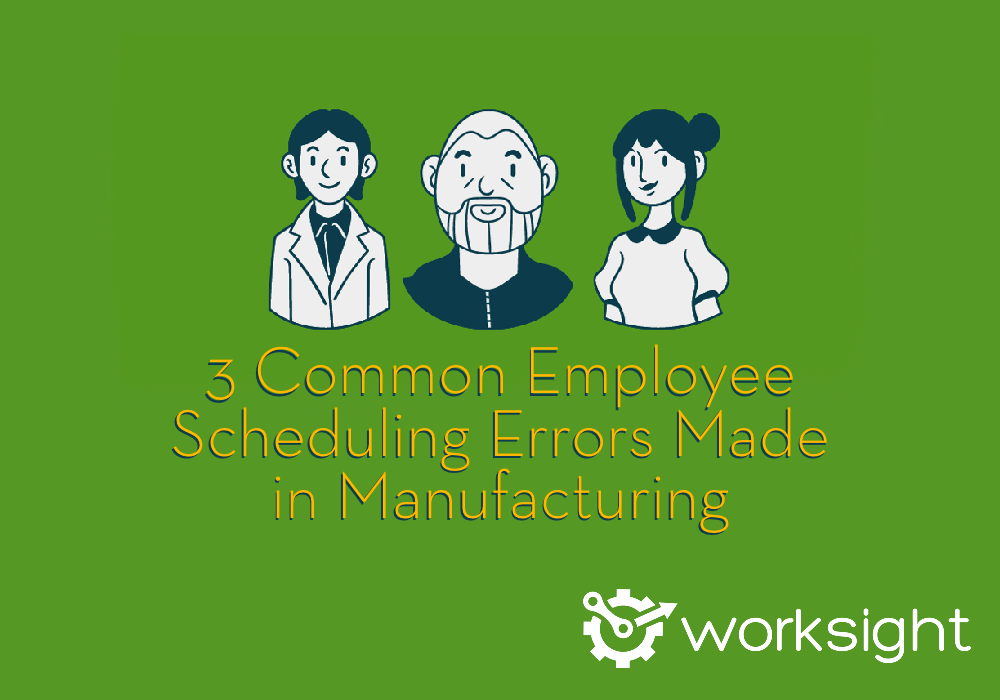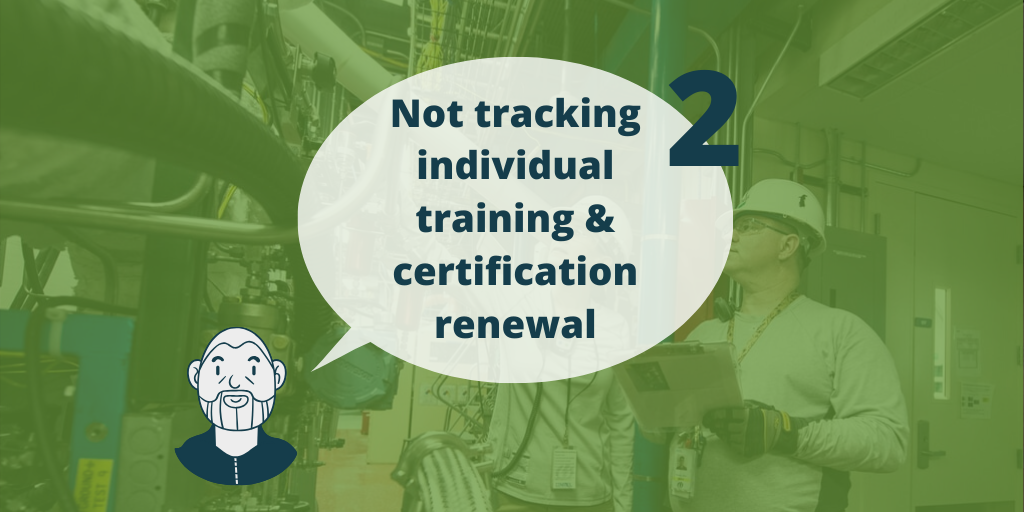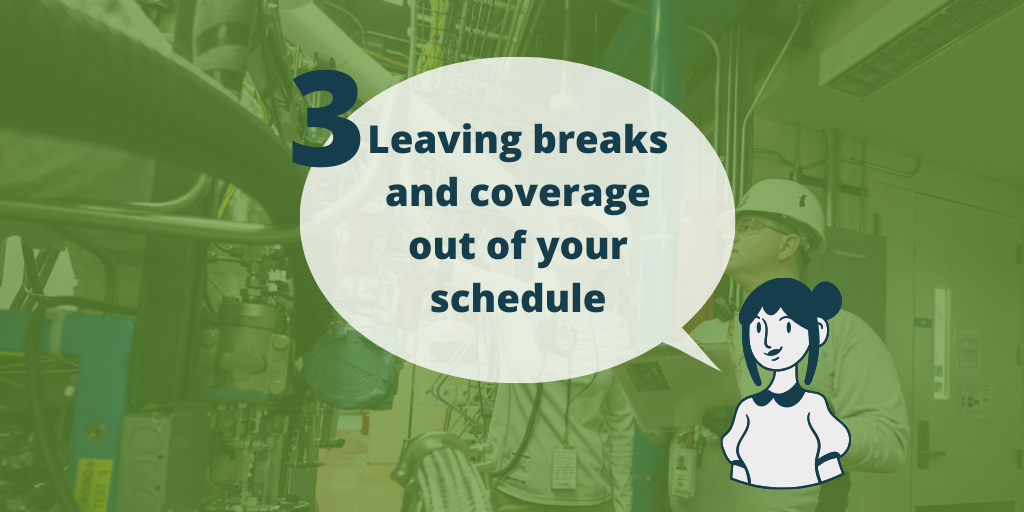3 Common Employee Scheduling Errors Made in Manufacturing
Tackling 3 common employee scheduling errors we've seen in manufacturing.

When you work in the world of workforce management, you encounter numerous examples of seemingly small scheduling errors that wind up costing money, time, and efficiency. They're easy to miss and common for a reason and while we don't want to give away all our trade secrets, we do hate to see schedules being mismanaged. For this reason, we thought we would break down 3 common employee scheduling mistakes made in manufacturing.

1. Thinking every employee has the same skill level
This is a big, and common mistake made in scheduling. Your employees all have different levels of experience and skills, and some may be more efficient at a machine than others. When you schedule your employees based on the assumption that they all perform to the same level, you’re setting yourself up for failure. Panning your lineups with skill level in mind can help prevent production bottlenecking and unexpected inconsistencies. That's not to say your employees shouldn't be kept to a high standard of performance, but it's important to remember not everyone will perform as well as your most-efficient employee.

2. Not tracking individual training & certification renewal
When you hire an employee there are likely some required certification and training programs that are expected of them to work on the shop floor. While you are probably keeping track of what they’re completed, are you also keeping track of when that training and those certifications need to be renewed? Having a deep understanding of your employees’ qualifications and a knowledge base of when different certifications expire can help prevent any unfortunate accidents are incidents. It’s also important to remember that requirements may change from region to region, so while someone may be certified to operate a machine in one province or state, it doesn’t necessarily mean that they're qualified across the country.

3. Leaving breaks and coverage out of your schedules
This may seem like a given, but failing to incorporate coverage into your schedules can result in confusion and inefficiency. When breaks aren't included in the schedule, you risk wasting time as employees are constantly checking about their break, or risk having them miss it altogether. Also, by not scheduling coverage for breaks the production line could become stalled or your employees might be hesitant to leave their spot. When creating your schedules, planning employees' breaks and the individuals responsible for covering their position can help keep the production line from coming to an unnecessary halt.
